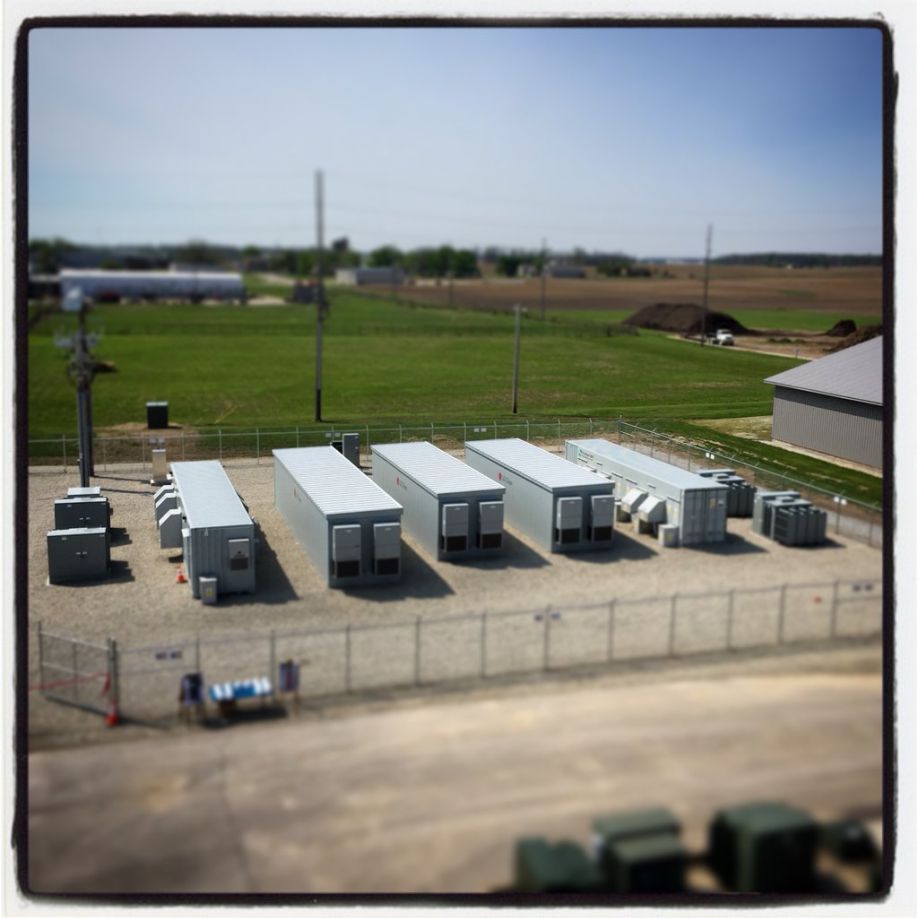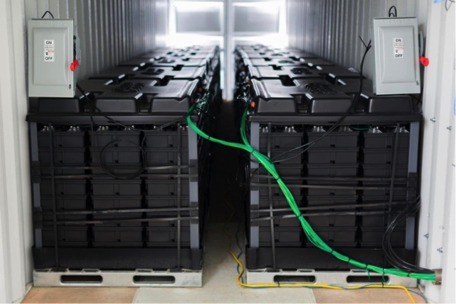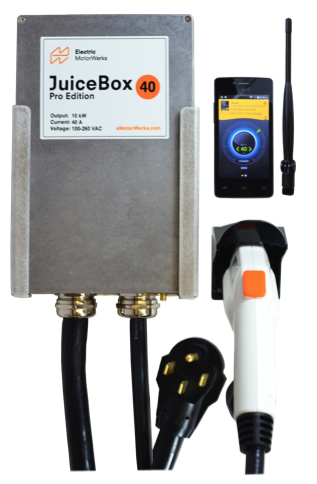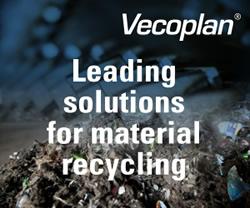Winners for each category will be determined by the ESNA Advisory Board (50%) as well as public voting (50%).
Contributed by | Energy Storage North America
These nine Innovation Award project finalists demonstrate outstanding achievements across three categories: Centralized Storage (utility-scale), Distributed Storage (commercial, industrial or residential) and Mobility (transportation, electric vehicles and enabling infrastructure). Finalists were selected on the basis of their impact on the energy storage ecosystem, services supplied to customers and the grid, unique technology solutions, financing, or partnerships.
Finalists are:
Centralized Energy Storage

IPL Advancion Energy Storage Array (Indiana): First grid-scale, battery-based energy storage system to operate in the Midcontinent Independent System Operator... (more details)

MESA 1 Project: Allows Snohomish (Washington) County Public Utility District to increase their use of renewable energy and improve overall reliability while using open, non-proprietary industry standards... (more details)

The Village of Minster (Ohio) Energy Storage Project: One of the largest storage systems connected through a municipal utility, providing multiple revenue streams including frequency regulation, transmission and distribution deferral, and demand response... (more details)
Distributed Energy Storage

Stone Edge Farm Microgrid (California): First of its kind to incorporate three modes of operation -- on-grid, off-grid, and microgrid -- with multiple types and brands of batteries and inverters, PV, bulk hydrogen storage, fuel cells and ability to export power... (more details)

PowerHouse -- 20-home energy storage pilot (Ontario): Canada's first virtual power plant, uses an aggregated fleet of autonomously controlled residential solar and energy storage systems located at customer homes... (more details)

Rocky Mountain Institute Innovation Center (Colorado): PV plus energy storage system engineered and controlled such that the asset is used to manage the Center's electric bill... (more details)
Mobility

UC San Diego EV Smart Charging with Energy Storage (California): Solar PV coupled with energy storage that allows the campus to reduce demand charges, while utilizing renewable energy... (more details)

eMotorWerks EV Charging Network (California): Intelligent charging stations controlled via a cloud-based, self-learning platform, that can provide demand curtailment solutions to utilities... (more details)
.png)
EV4 Santa Clara Intel Station (California): Solar-powered, battery-based DC fast charging system in Silicon Valley... (more details)
Public voting will determine winners
Winners for each category will be determined by the ESNA Advisory Board (50%) as well as public voting (50%). One vote per user will count toward the final results and votes will be accepted until September 20. Visit the ESNA awards website to learn more about the projects and how to cast your vote.
About Energy Storage North America
Energy Storage North America is the largest conference, exhibition and networking event for the North American energy storage industry. Now in its fourth year, ESNA connects developers, energy users, utilities and policymakers to advance understanding and deployment of energy storage and ultimately build a cleaner, more affordable, and more resilient grid. ESNA 2016 will take place October 4-6 in San Diego, California. Visit www.esnaexpo.com to learn more.
The content & opinions in this article are the author’s and do not necessarily represent the views of AltEnergyMag
Comments (0)
This post does not have any comments. Be the first to leave a comment below.
Featured Product


